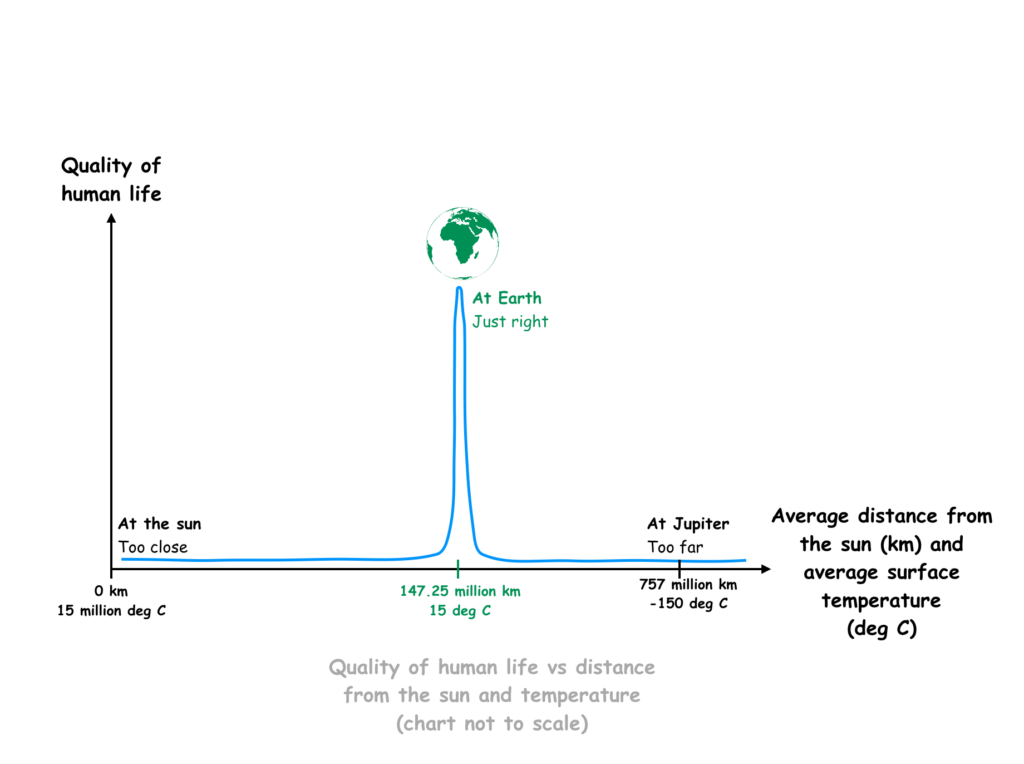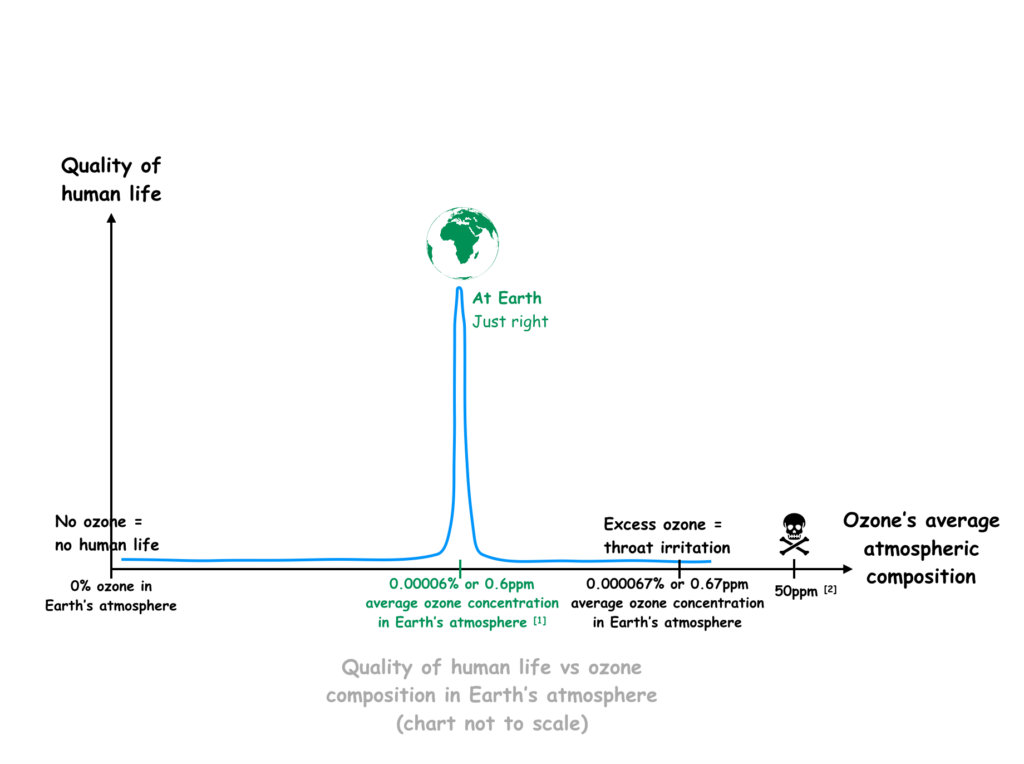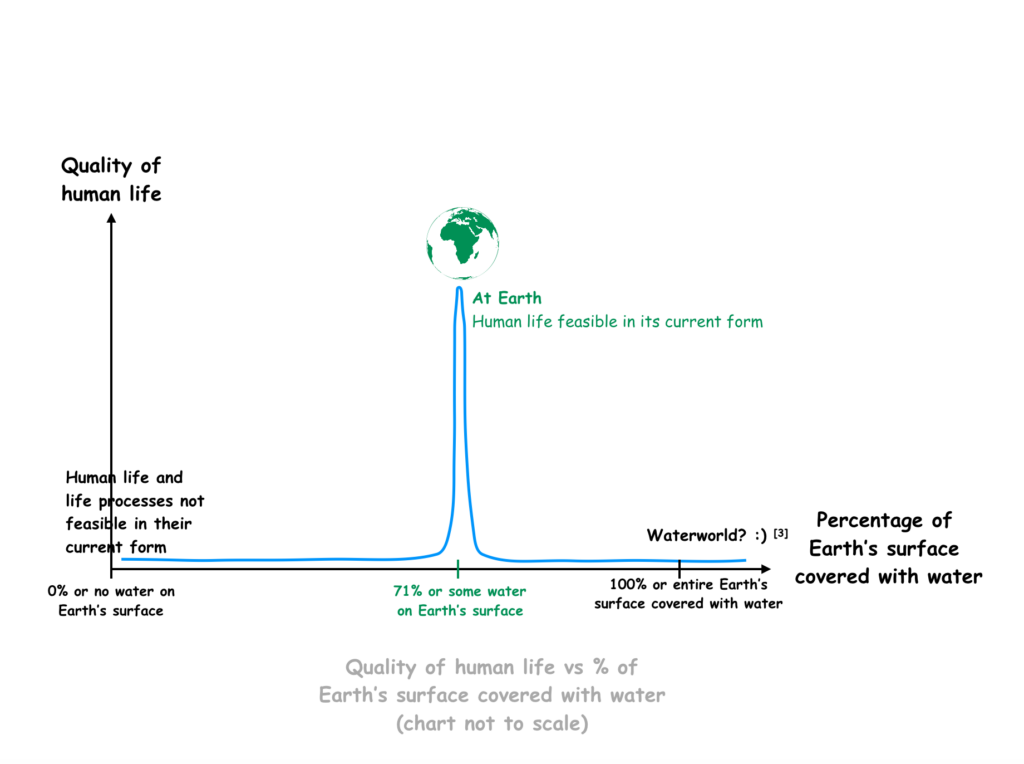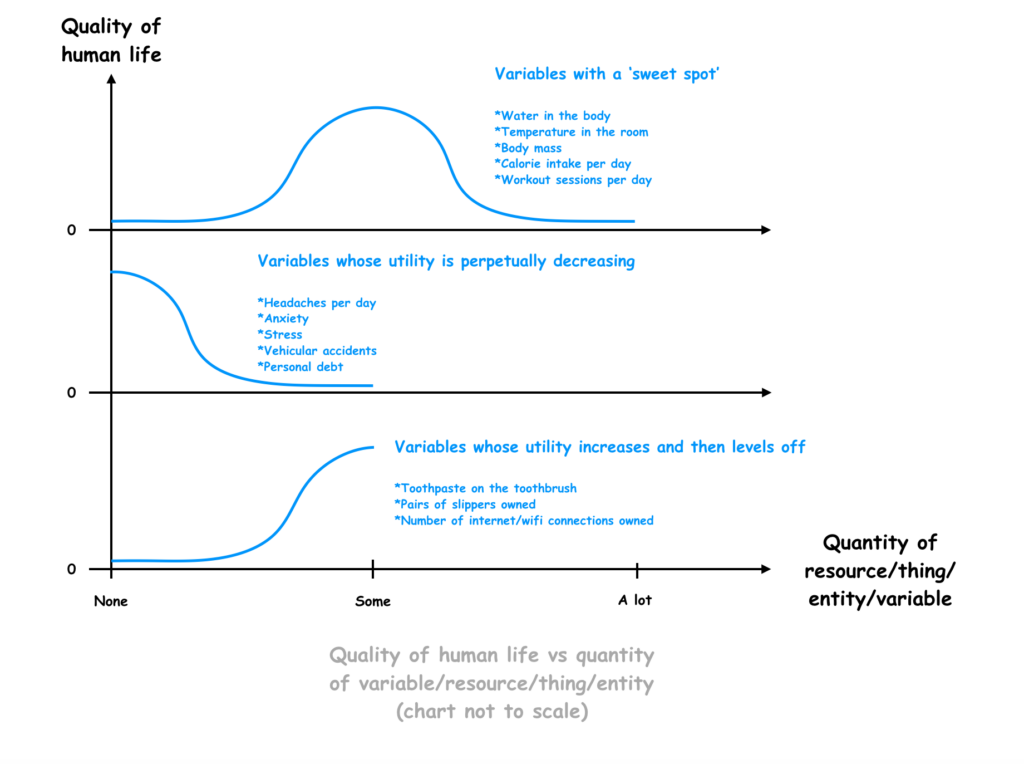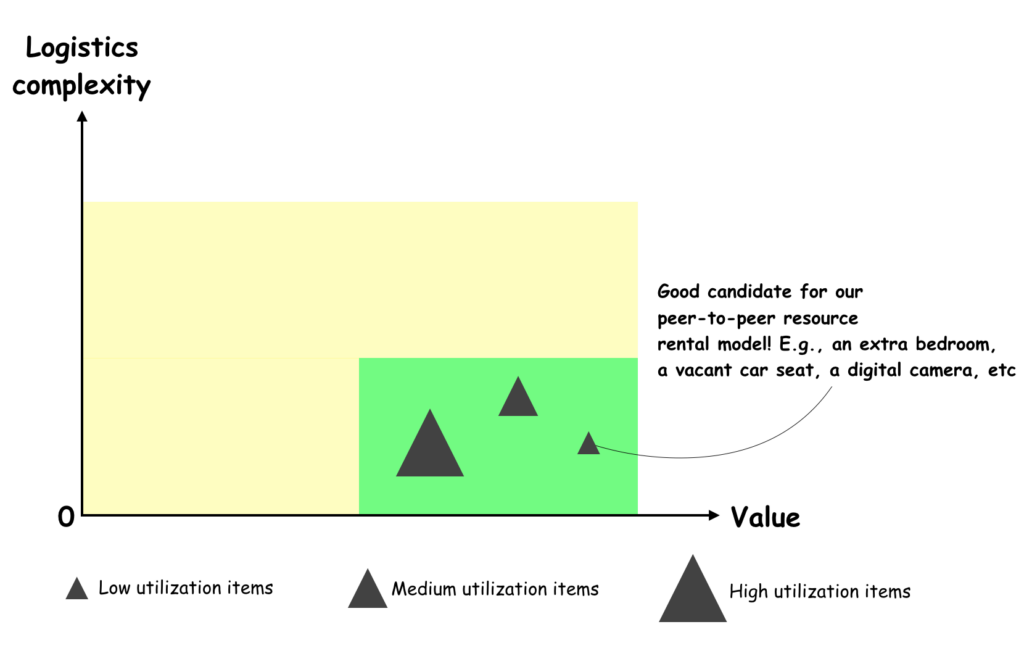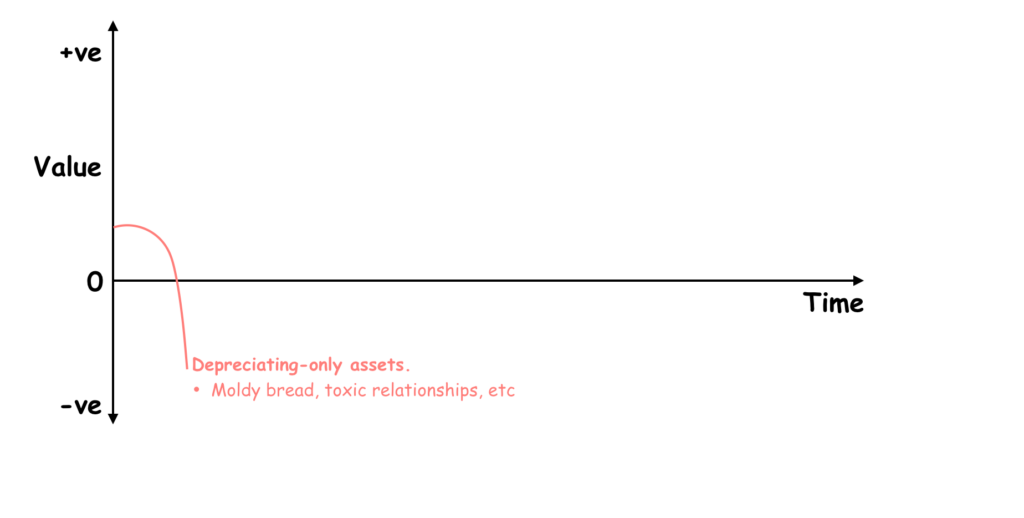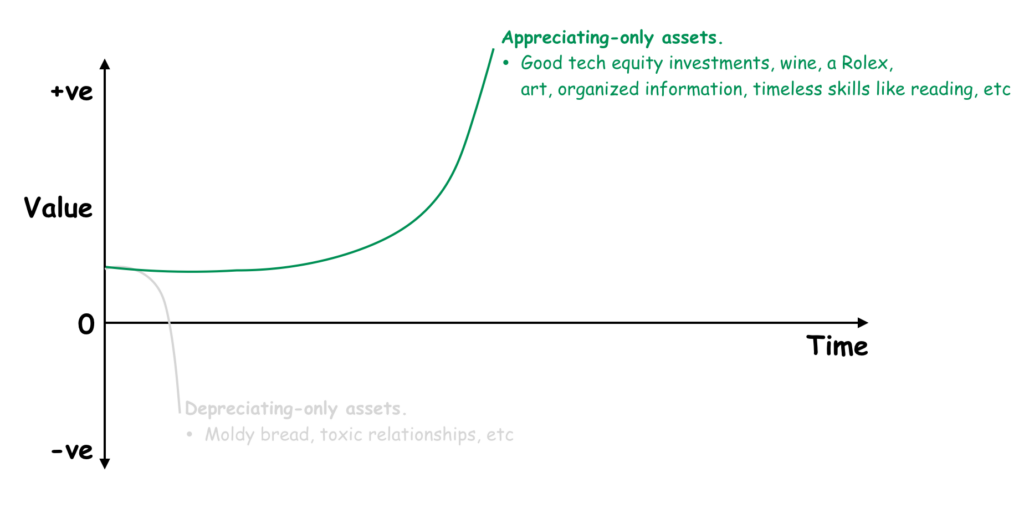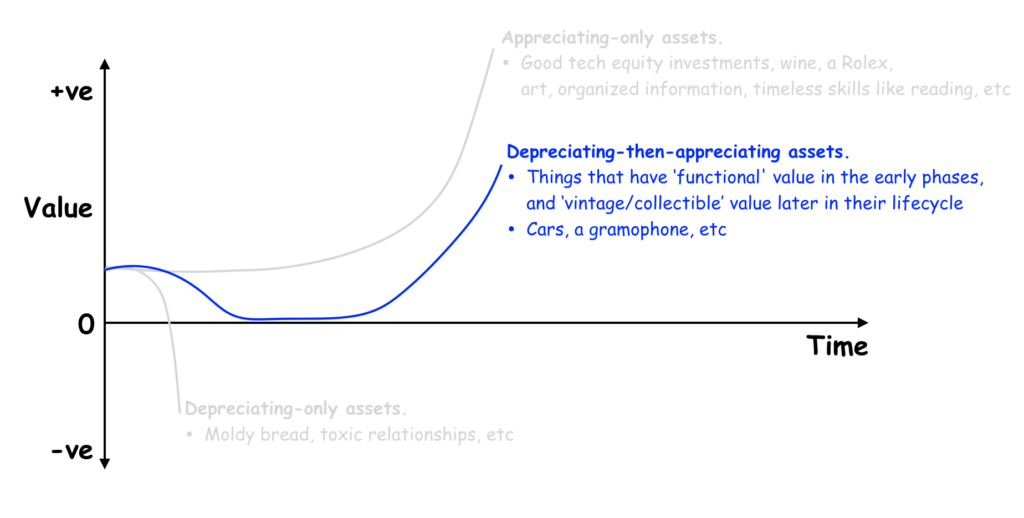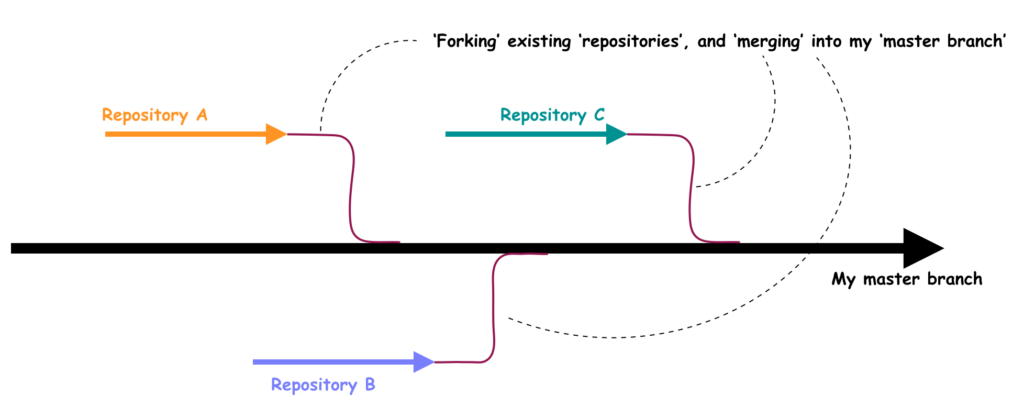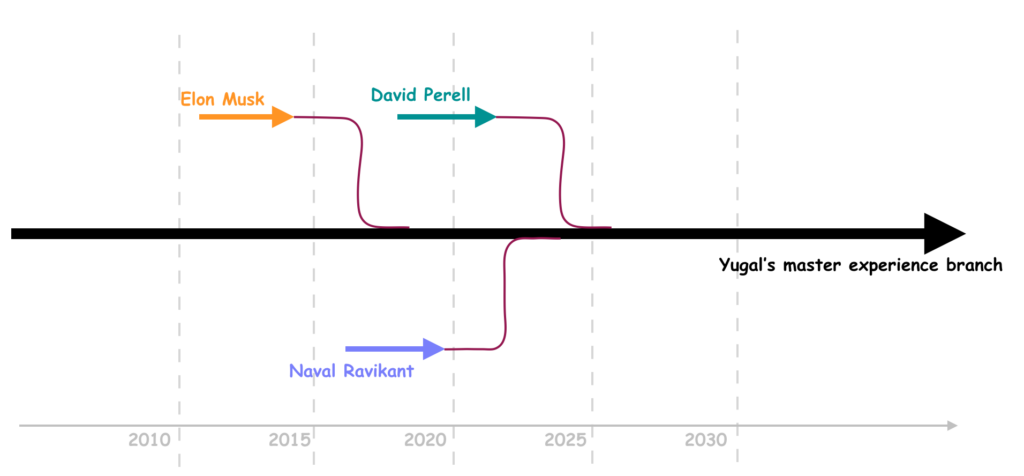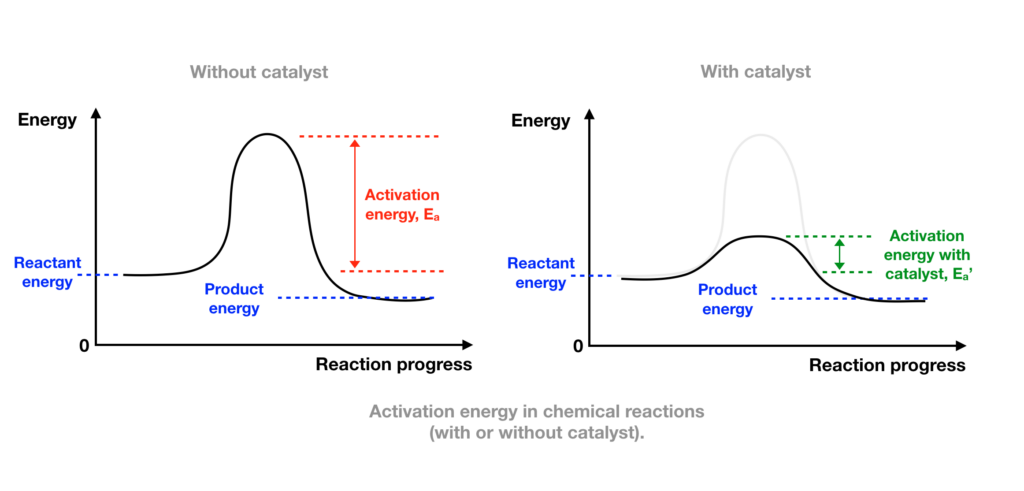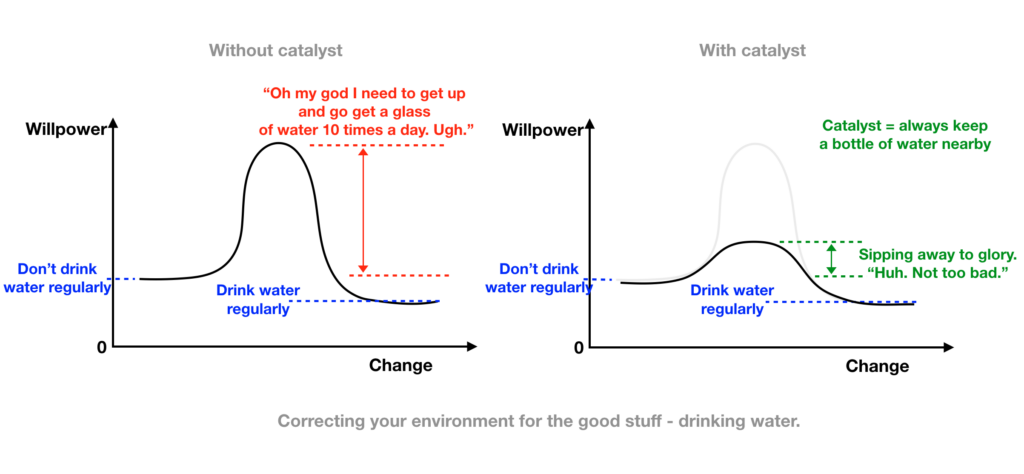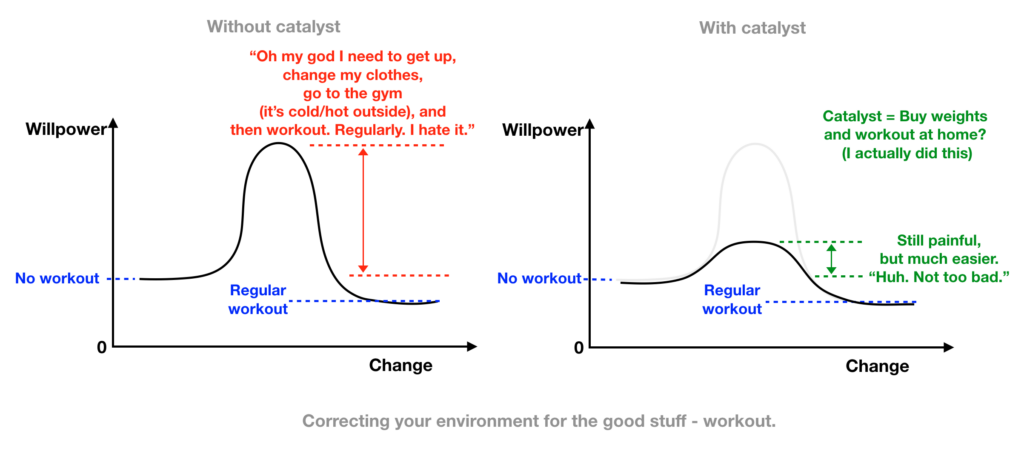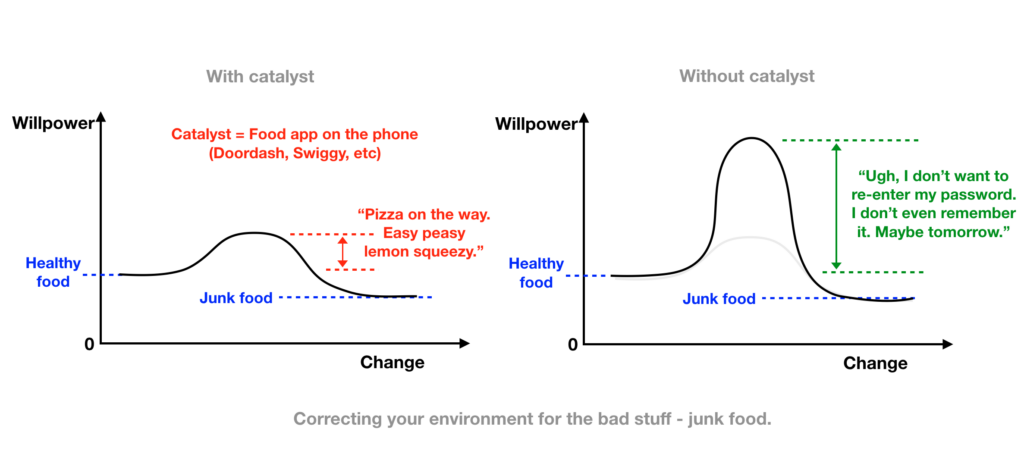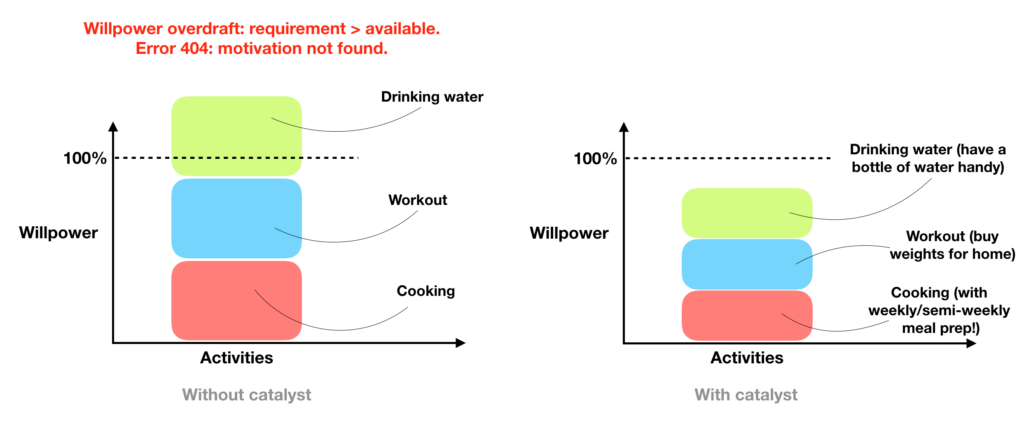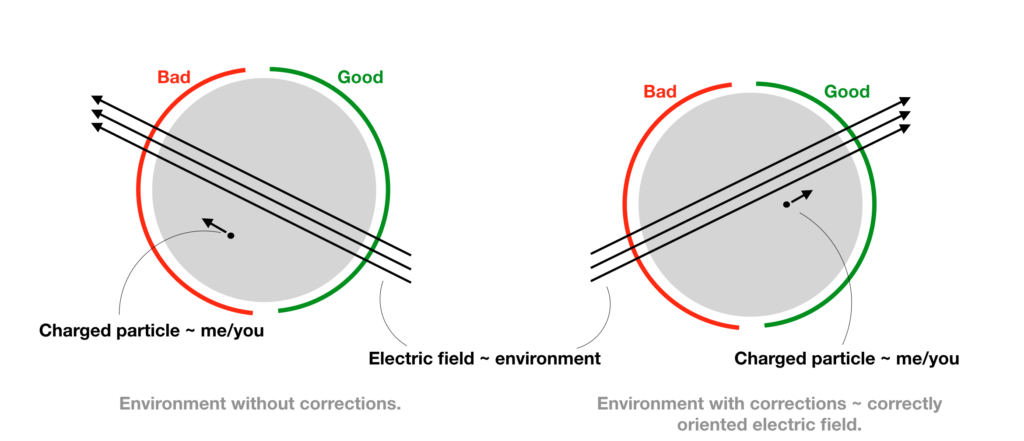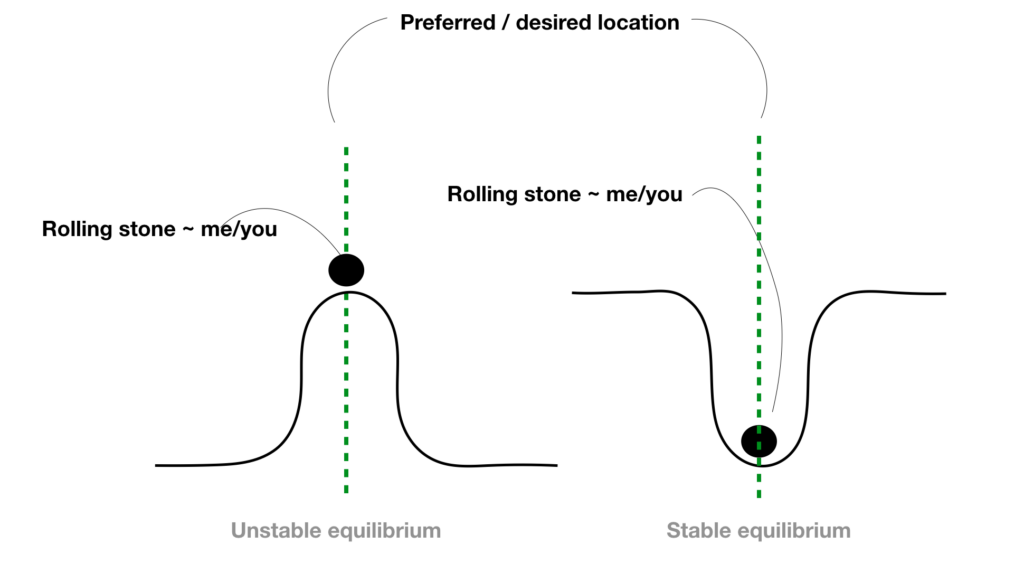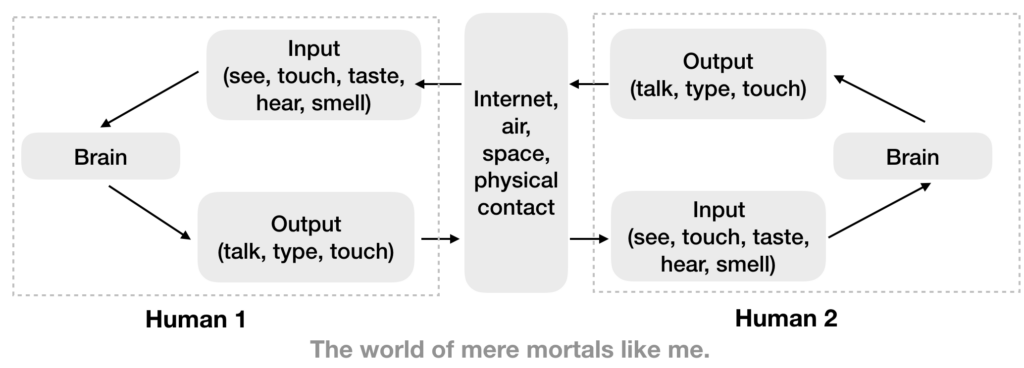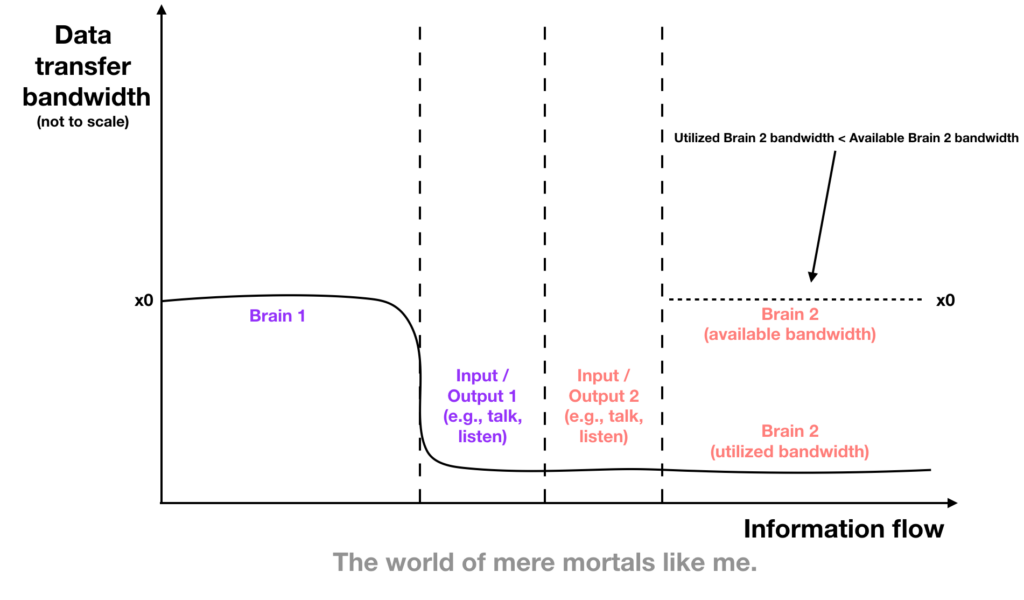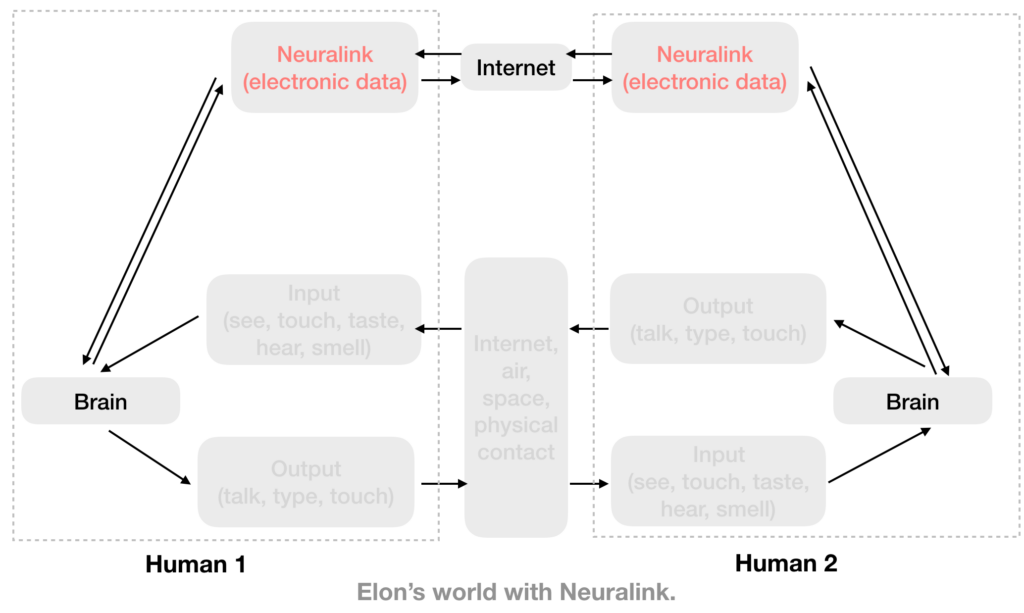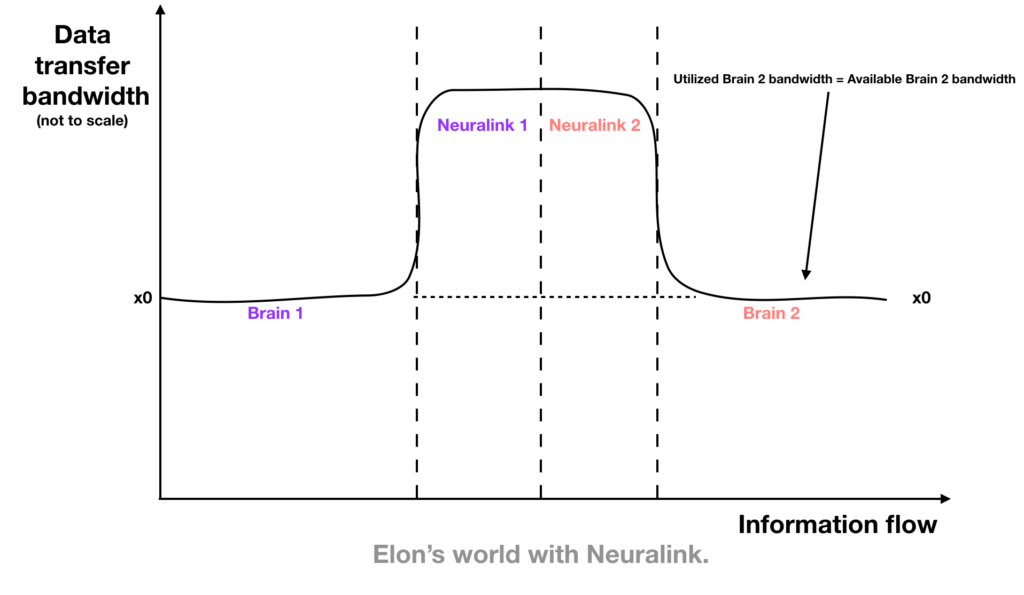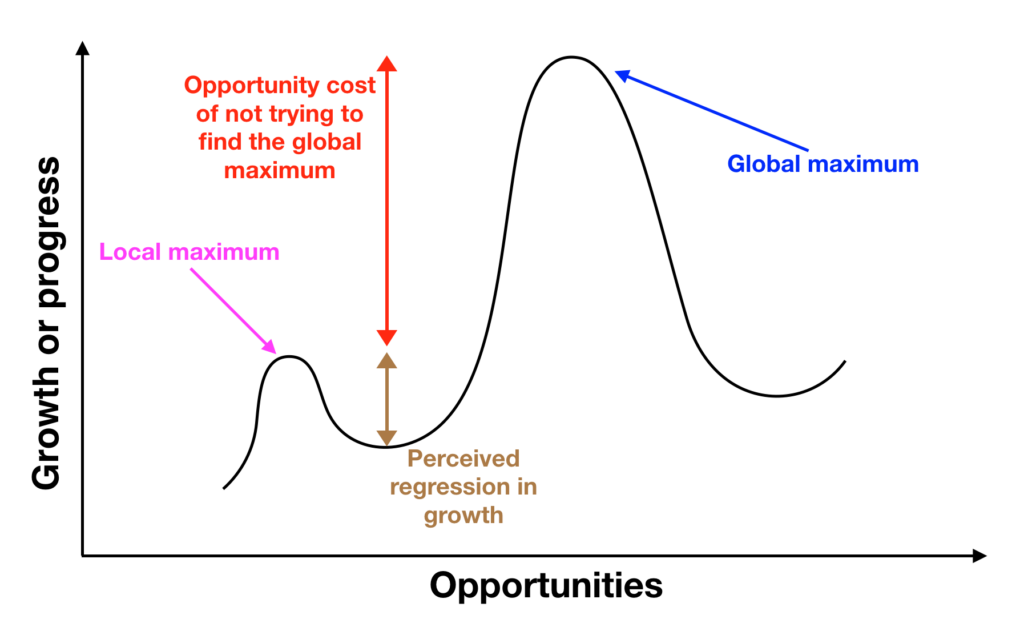This should provide some insight on why I made the move from the US back to India after a few years of work. And no, my work visa wasn’t expiring. The intent is not to try and convince more people to do the same, but at least get people in similar situations to talk about it more so that it’s not taboo.
First, some background for context. My academic and professional pursuits have been so typical, it’s almost a cliché. In a weird way, this should make this more relatable, which is good.
Born and brought up in New Delhi for the first 22 years through my undergrad education in engineering, moved to the US for graduate studies after that, and started working at a big technology company. So far, so good.
On to the ‘American dream’
It was actually a lot of fun, all of it, straight from graduate school on the snowy east coast through a job in a fancy company in sunny California. (Fun fact: I met students from 21 countries in my first 7 days of grad school. Never could I have imagined getting that kind of exposure and cultural sensitivity that quickly in India had I not gone to the US; it indeed felt like drinking from a firehose [1]).
Going to school at MIT and then later working at Tesla were two goals I had set for myself when I was still at NSIT in Delhi for my undergrad. In that regard, I’ve been pretty fortunate that those did line up for me. That being said, I’m acutely aware of the life of privilege that I come from in Delhi – monetary and intellectual. I have stood on the shoulders of giants all my life – my parents, my chacha, and my chachi. My dad says I should always be aware that I work with not just my own experience, but an additional 40 years of combined life experience of my elders – I’m indeed a product of compounding over time.
At some point though, while working in the US, it was hard to ignore the compromise I was living with – personally but also professionally. Strange as it sounds, my primary reasons for the move weren’t on the personal front. Most of my family is in India, but if I had wanted to stay on in the US, there was a plan for some folks to move to the US with me over time. In other words, there wasn’t much blocking me on the personal front from continuing in the US, which otherwise is usually why folks migrate back to their home countries from the American dream.
However, with my professional ambitions and interests, it became harder and harder to ignore the restrictions that come with working as an expat in the US on the H-1B work visa [2]. The COVID-19 lockdown through 2020-2021 precipitated that train of thought. Life became a continuous scroll of never-ending days, weeks, and months of the same rinse-and-repeat – it stopped being exciting.
Back to India
Consequently, moving back to India was always on the docket. The financial independence that Tesla’s success afforded me just happened to expedite this move even more.
I wanted to be able to work on ten different things, which may or may not be in my area of core STEM expertise, which the H-1B visa doesn’t really allow for. I didn’t want to be in a position where the US government machinery dictates what I can and cannot work on, and I became fiercely protective of my time. The incremental professional benefit of spending another year at Tesla and in the US became smaller and smaller when juxtaposed with the insane opportunities available in India now [3].
From my vantage point, this move to India is so obvious for me that I’m bummed I wasn’t able to get all my ducks in a row to make it sooner. A good way for me to think about it – it’s probably a good idea to participate in India’s rising startup and tech wave regardless of whatever the alternate option is – working in the US or any other country. Massive switch from wealth accumulation mode to wealth creation mode.
This is not to say it doesn’t come with its own issues. Especially if you haven’t worked in India at all or for a long period of time, there’s a certain reverse cultural shock [4] that’s inevitable. But for me, that waned off pretty quickly (within a couple of weeks). As I anticipated, I do miss hanging out with the people I met and the country’s national parks. Pretty high on my list of priorities is to make sure that I keep in touch with the wealth of friends I collected in the US.
To be clear, this is not to vilify the option of choosing to stay in the US long-term. If I had to do everything all over again, I would still choose to study and work for a bit in the US (or another country perhaps?). In fact, more generally speaking, if it’s an available option, I’m a big proponent of spending some time abroad in a country with a sufficiently different culture than your own, for studies or work or whatever. It was easier for me to understand India’s ways of life better once I was able to compare and contrast them with those in the US.
All of the fun
As Balaji [5] explains so eloquently in the mind-melting podcast with Superteam Podcast [6], given the ongoing zero-sum win-lose games in international geo-politics, India has a very good opportunity to win-win with other international partners. And the amount of VC funding in India combined with the startup ecosystem’s energy here is absolute fire [7][8]. The momentum of a massively online population has been rotating the flywheel of several industry sectors [9].
And it’s not as if these pursuits are just on paper in an all-too-distant-world that’s too far from ground reality – I can attest that they’re very real and close to home. Two of my good (and brilliant) friends from my undergrad in India – Videt and Rahul – are pursuing their own ventures at AirBlack [10] and SocialBoat [11]. Damini [12] has been immersed in the Bangalore circuit for over half a decade and is killing it at Khatabook. The collective risk appetite has never been higher. Even for me, my work at Pravaig Dynamics [13] to make EVs in India just began recently, and I expect for it to be quite the adventure. The step after the ‘American dream’ is the ‘Indian dream’.
—
Footnotes and sources:
[1] Drinking from a firehose at MIT: hacks.mit.edu/Hacks/by_year/1991/fire_hydrant/
[2] Michio Kaku on the H-1B visa: https://www.youtube.com/watch?v=NK0Y9j_CGgM
[3] The Indian startup ecosystem: https://economictimes.indiatimes.com/topic/indian-startups
[4] Reverse cultural shock: https://www.investopedia.com/terms/r/reverse-culture-shock.asp
[5] Balaji Srinivasan: https://twitter.com/balajis
[6] Balaji Srinivasan with Superteam Podcast on returning to India/Asia: https://youtu.be/q-852BsgNck?t=1
[7] VC funding in India: https://inc42.com/resources/decoding-venture-capital-funding-for-indian-startups
[8] 2022 economic survey on startups in India: https://economictimes.indiatimes.com/tech/startups/economic-survey-2022-at-least-14000-new-startups-recognised-in-india/articleshow/89243366.cms
[9] Active industries in Indian startups: https://thestartuplab.in/growth-story-of-indian-startup-ecosystem-and-top-5-most-promising-sectors-in-2021/
[10] Airblack: https://twitter.com/clubairblack, Videt Jaiswal: https://twitter.com/videtj
[11] SocialBoat: https://twitter.com/socialboat_live, Rahul Jain: https://twitter.com/Jain2992Rahul
[12] Damini Mishra: https://twitter.com/damini_mishra
[13] Pravaig Dynamics: https://twitter.com/pravaigdynamics
